The Hudson River Valley is lined with old cities. Its role as a major trade route, along with the prevalence of water power from rivers that flow down from the Catskills to the west and the Hudson Highlands and Taconics to the east, made the area a magnet for the burgeoning industries in New York. Poughkeepsie, New York, is certainly one of those old cities.
Founded in 1686, when Dutch settlers bought land from a local Native American tribe, the settlement grew, and in 1799 was incorporated as a town. Poughkeepsie served as the second capital of New York, and hosted the state convention to ratify the Constitution of the United States.
During the 1800’s the city became an industrial hub, as a place where whale blubber was rendered to make oil. It was also home to paper mills, millineries and breweries. Like many places in the northeast, as the 20th century progressed, manufacturing businesses moved away, with the largest being the Smith Brothers cough drop factory, which closed in 1972. Today, IBM maintains a factory in the area, but most of the jobs are in government, healthcare, and retail sales.
A walk around downtown Poughkeepsie is a visit back to its time of glory. Mixed with its relatively new court building, convention center and hotel are many examples of the kind of building that a center of industry would produce back in the first half of the 20th century.
Let’s start our tour at the north end of Market Street, where it runs into Mansion Street. Here, you find one of the grand post offices built during the Great Depression. It was a project that FDR took personal interest in, as it was less than ten miles from his home in Hyde Park. It was designed by Eric Kibbon, in a style that emulated the flagstone buildings from the era of the Dutch settlers. It was built in 1939, and its was also given five WPA murals.
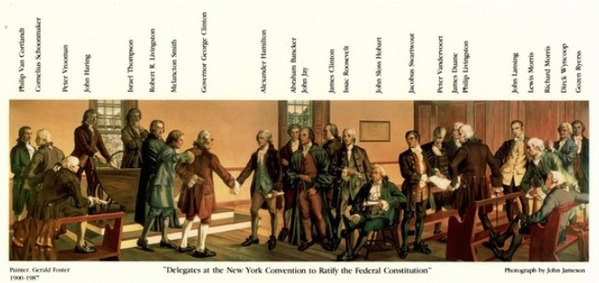
Across the street from the Post Office is the Poughkeepsie Journal Building. Built in 1941, it is still the main office for the local newspaper.
Walk a block west on Mansion Street, and turn south along Columbus Drive and you will get to the Italian Center. Built in 1928 by five local Italian-American organizations. This beautiful century-old building still operates as an event hall for hire.
From there walk west to to Vassar Street and then two blocks south. Here is the Cunneen-Hackett Arts Center. The center provides office space, studios, galleries, and performance space for local artists. It occupies two Victorian buildings built by John Guy and Matthew Vassar, nephews of Matthew Vassar, a local industrialist and founder of Vassar College. The larger of the two buildings, 9 Vassar Street was the Vassar Home for Aged Men from 1881 through 1975. Across the street, 12 Vassar Street was the home of the Vassar Institute, which hosted societies in Science, Literature and Art, from 1882 until 1977. The city bought the buildings and with a grant from the Charlotte Cunneen Hackett Charitable Trust, renovated them for their current use.
Back on Market Street is the Bardavon Opera House Theater, the oldest, continuously operating theater in New York State. It opened in 1869, and has operated as a live theater, a vaudeville house, and a movie theater. Today it is home to the Hudson Valley Philharmonic and it hosts many live events.
Like many old industrial cities, Poughkeepsie has definitely seen better days. But if you dig a little bit, just below a surface that looks rough, you will find some beautiful history and architecture to visit.
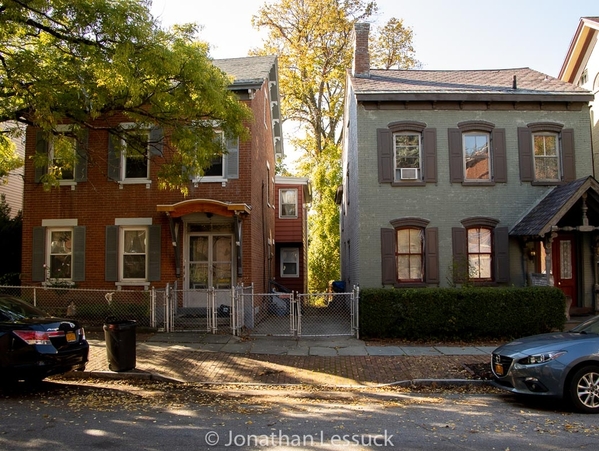 Houses in the Union Street Historic District
Houses in the Union Street Historic District
Nuts and Bolts
Poughkeepsie is 71 miles north of New York City. Take the Taconic Parkway to exit 47B for NY-55 west. NY-55 will take you right into downtown Poughkeepsie.

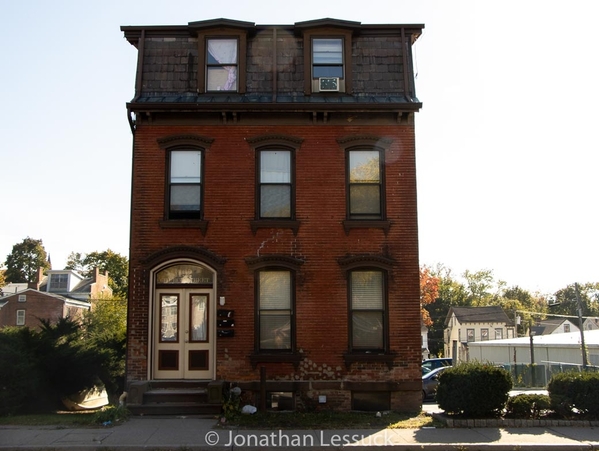
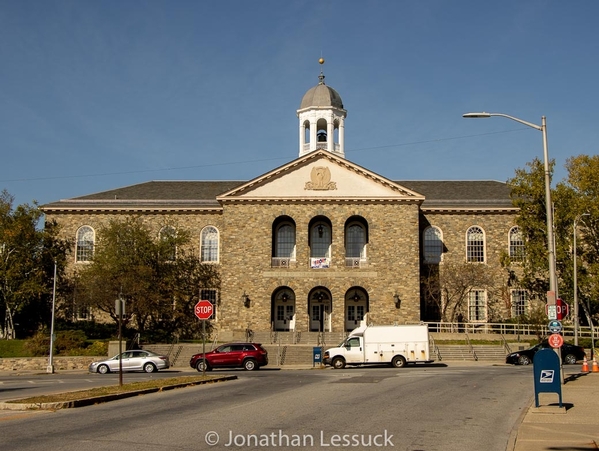 Poughkeepsie Post Office
Poughkeepsie Post Office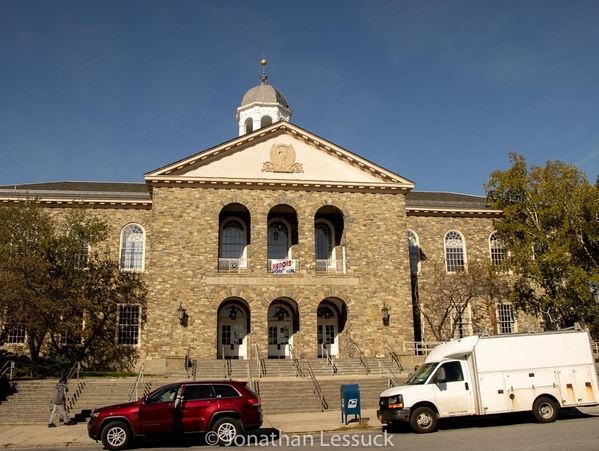
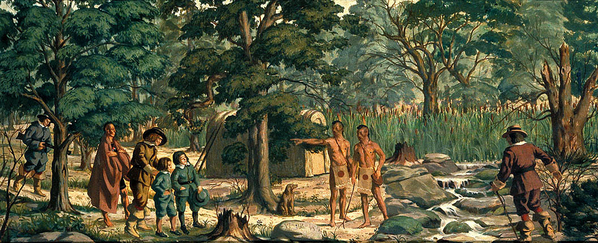
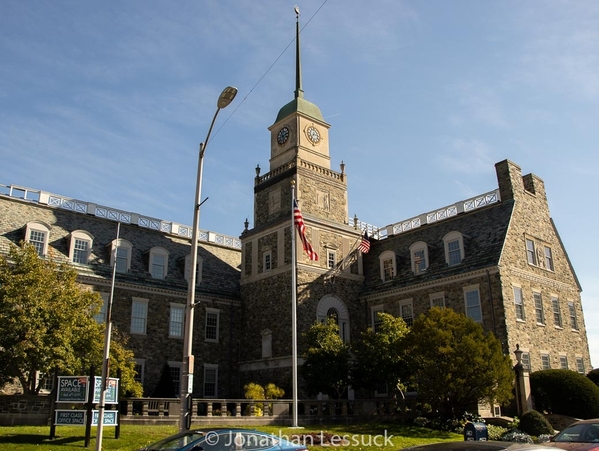 Poughkeepsie Journal Building
Poughkeepsie Journal Building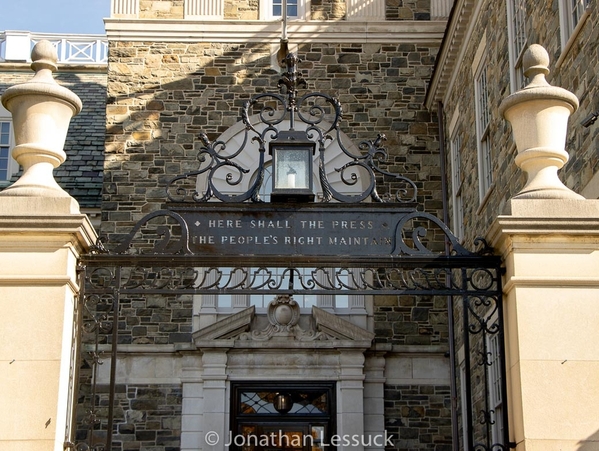
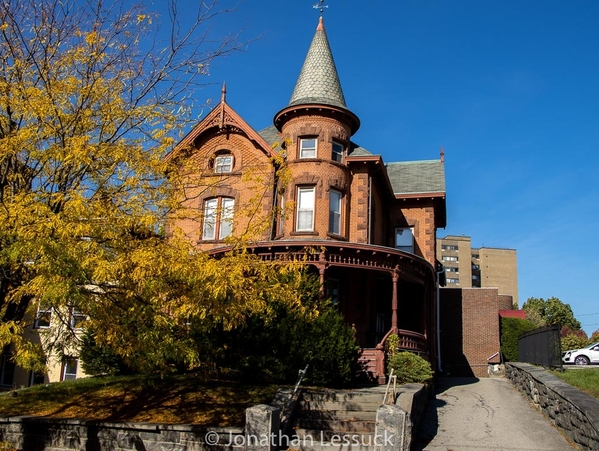 The Italian Center
The Italian Center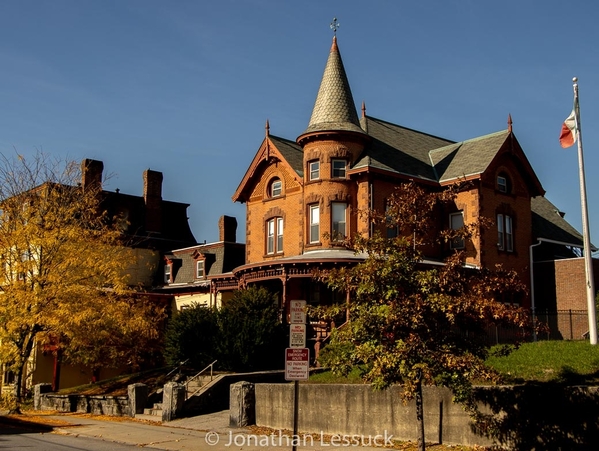
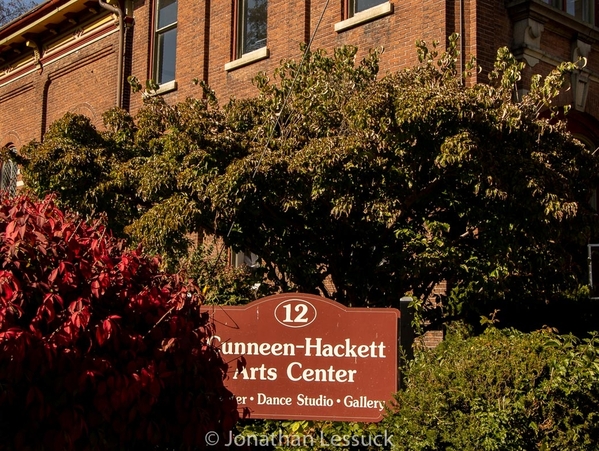
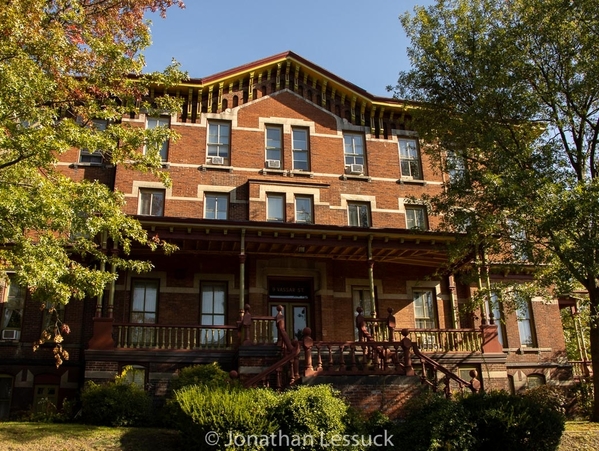
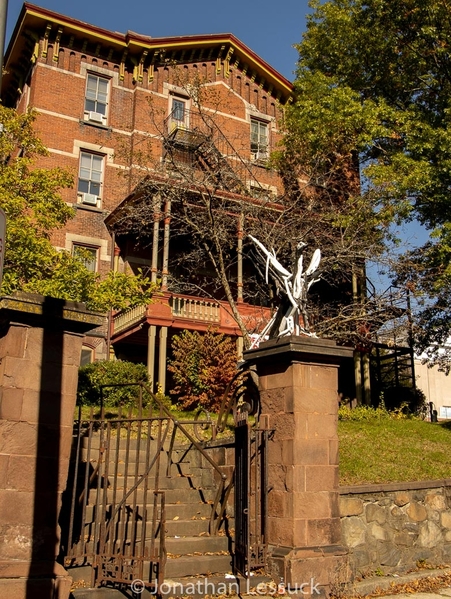
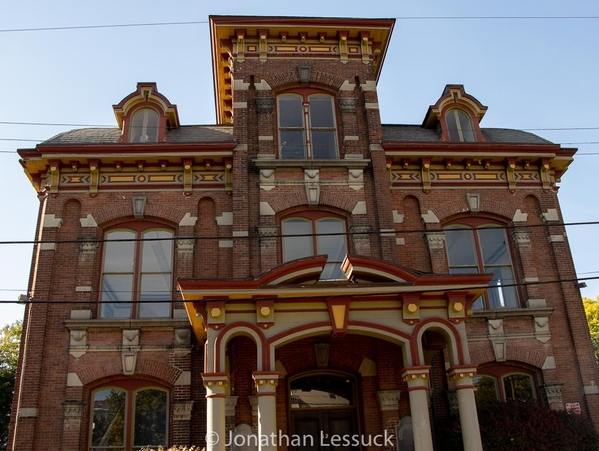
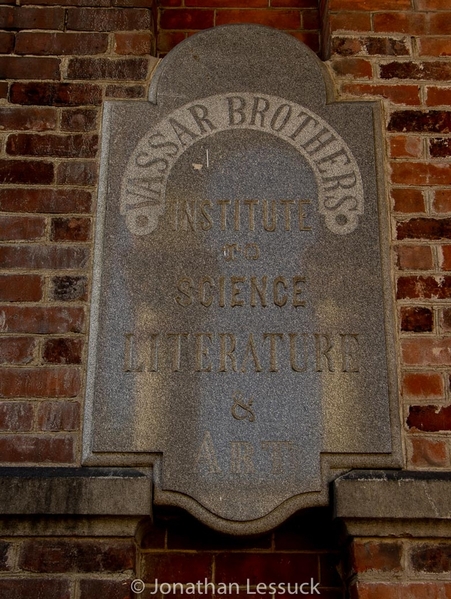
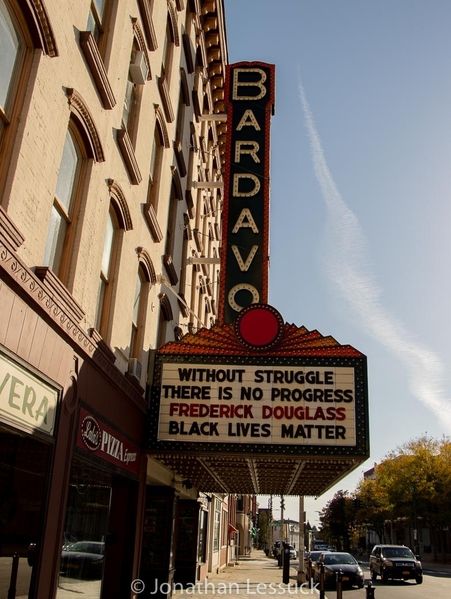
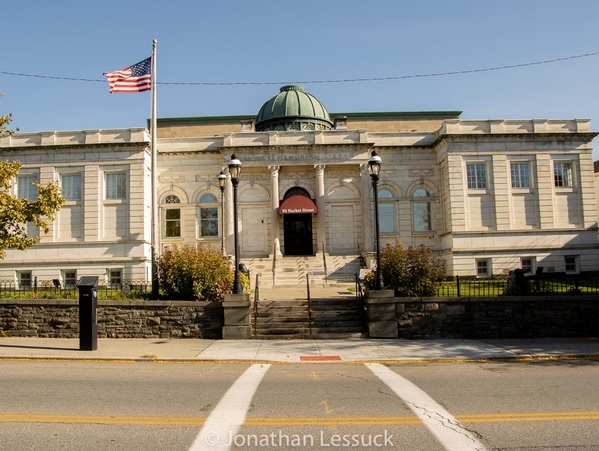 Poughkeepsie Public Library
Poughkeepsie Public Library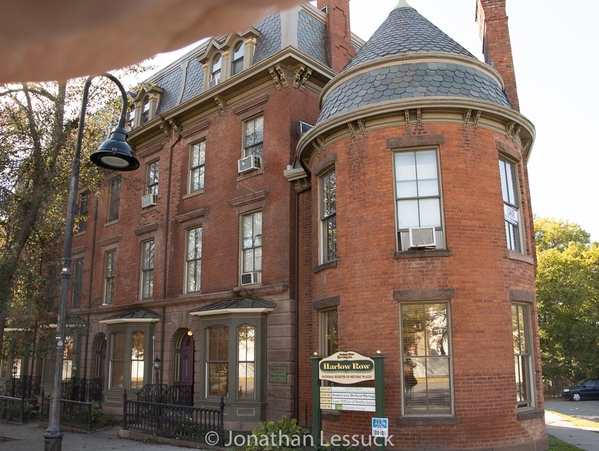
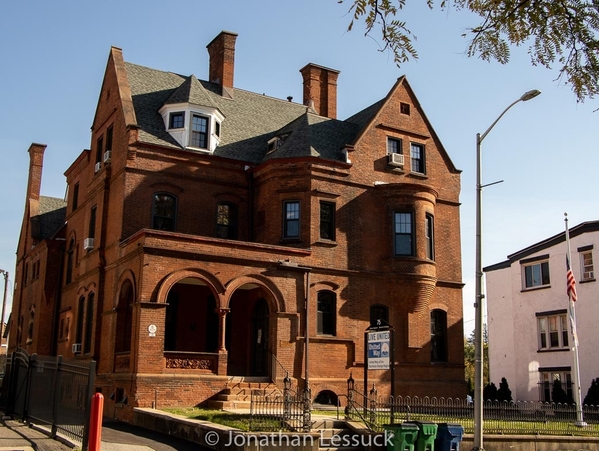
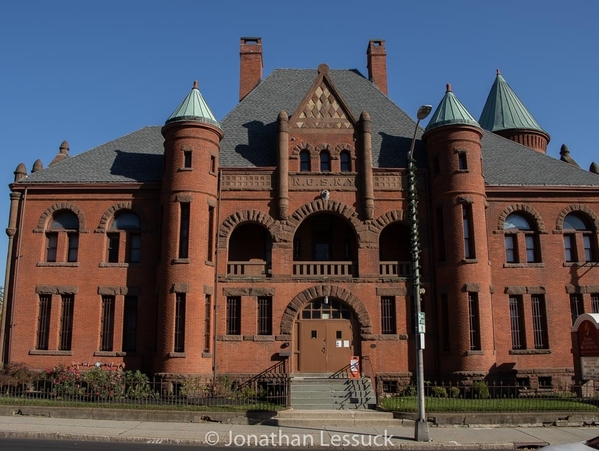 The Armory
The Armory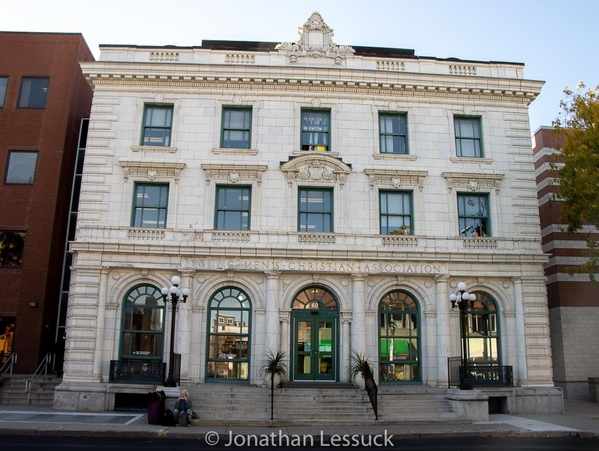 The YMCA
The YMCA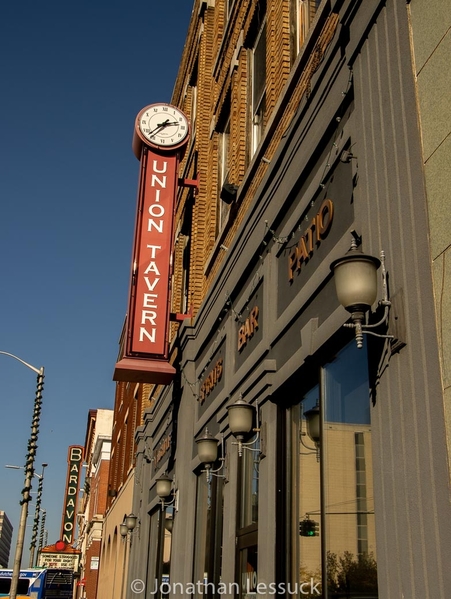
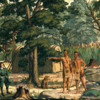
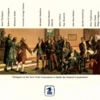














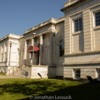






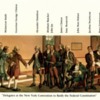
Comments (0)